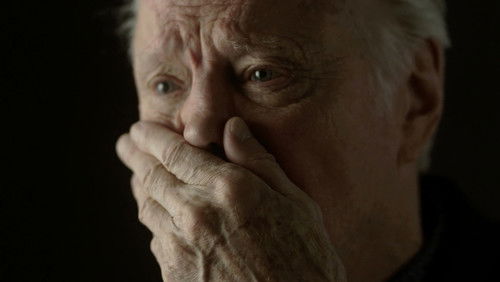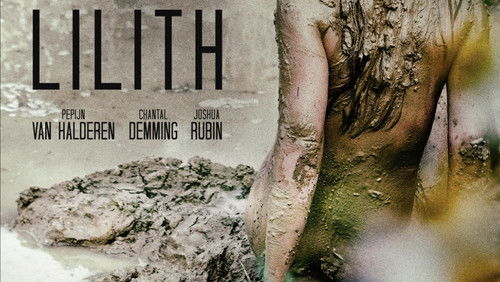Radium Girls (2018)
17KRadium Girls: Directed by Lydia Dean Pilcher, Ginny Mohler. With Joey King, Abby Quinn, Cara Seymour, Scott Shepherd. In the 1920s a group of factory workers advocate for safer work conditions after some of their colleagues become ill from radium exposure.
“Greetings again from the darkness. A huckster or carnival barker is spouting off the many uses and health benefits of radium. He even hails it as u0026quot;liquid sunshineu0026quot;. Thatu0026#39;s how this film from co-directors Lydia Dean Pilcher (A CALL TO SPY, 2020) and Ginny Mohler kicks off. Ms. Mohler co-wrote the screenplay with Brittany Shaw, and itu0026#39;s presented as a historical dramatization – some of the names have been changed to protect both the innocent and guilty.u003cbr/u003eu003cbr/u003eJoey King (u0026quot;Fargou0026quot;) stars as Bessie, younger sister to Josephine (Abby Quinn, Iu0026#39;M THINKING OF ENDING THINGS). Josephine is the more studious of the two, as Bessie dreams of becoming a Hollywood star. Both girls work as dial painters at American Radium (re-named from the actual United States Radium Corporation). Josephine wins awards for being the most productive, while Bessie gets scolded and has her pay docked due to shoddy work. See, Bessie refuses to lick the brush to create the fine tip needed for precise work. So whatu0026#39;s a dial painter? Well, itu0026#39;s 1925, and these women are applying a radioactive liquid to the faces of watches to create the popular glow-in-the-dark effect. Marie Curieu0026#39;s discovery from twenty years prior has been found to have many uses, including shrinking cancerous tumors. However, the story finds the dial painters who lick-dip-paint, are getting sick and dying at an ever-increasing rate.u003cbr/u003eu003cbr/u003eMary, older sister to Bessie and Josephine and also a dial painter, had previously died after being diagnosed with syphilis. Bessieu0026#39;s outrage and curiosity starts to build when the company doctor passes along the same diagnosis to (virgin) sister Josephine when her teeth start falling out, her joints ache, and her skin breaks out in a rash. We witness the transformation of Bessie from teenybopper to activist. Sheu0026#39;s helped along by love interest Walt (Collin Kelly-Sordelet) who introduces her to the socialist movement, as well as Wiley Stephens (Cara Seymour, u0026quot;The Knicku0026quot;), the real life founder of the Consumers League.u003cbr/u003eu003cbr/u003eMany dial painters refused to believe the connection and were frightened to lose their job. A few came forward, though they struggled to find a legal counsel willing to go against the giant corporation led by the arrogant Mr. Roeder (John Bedford Lloyd). Itu0026#39;s interesting to see the pieces come together for the 1928 court case. Another real life player in this chain of events was Dr Katherine Drinker (played her by Veanne Cox), the scientist who conducted the confidential study that concluded radium produced harsh effects, including physical deterioration – just as Josephine has experienced.u003cbr/u003eu003cbr/u003eThe courtroom scenes may not have the dramatic impact that we are accustomed to seeing in cinema, but this is a remarkable story of some incredibly strong women who stood up, not just for themselves, but for those who wouldnu0026#39;t or couldnu0026#39;t come forward. Their court case led to changes in workplace safety laws, while also reminding us of an era when women were given so little power, and giant corporations and the government ruled the roost and couldnu0026#39;t be trusted. The filmmakers blend some vintage clips throughout, and use the discovery of King Tutu0026#39;s tomb only three years prior to give the feel of this era nearly 100 years past. Rosamund Pike starred as Marie Curie in RADIOACTIVE earlier this year, and there have been a couple of books written on this topic: u0026quot;The Radium Girls: The Dark Story of Americau0026#39;s Shining Womenu0026quot; by Kate Moore (2016), and u0026quot;Radium Girls: A Play in Two Actsu0026quot; by DW Gregory (2000). Itu0026#39;s a story of courageous women that deserves a wider audience.”









